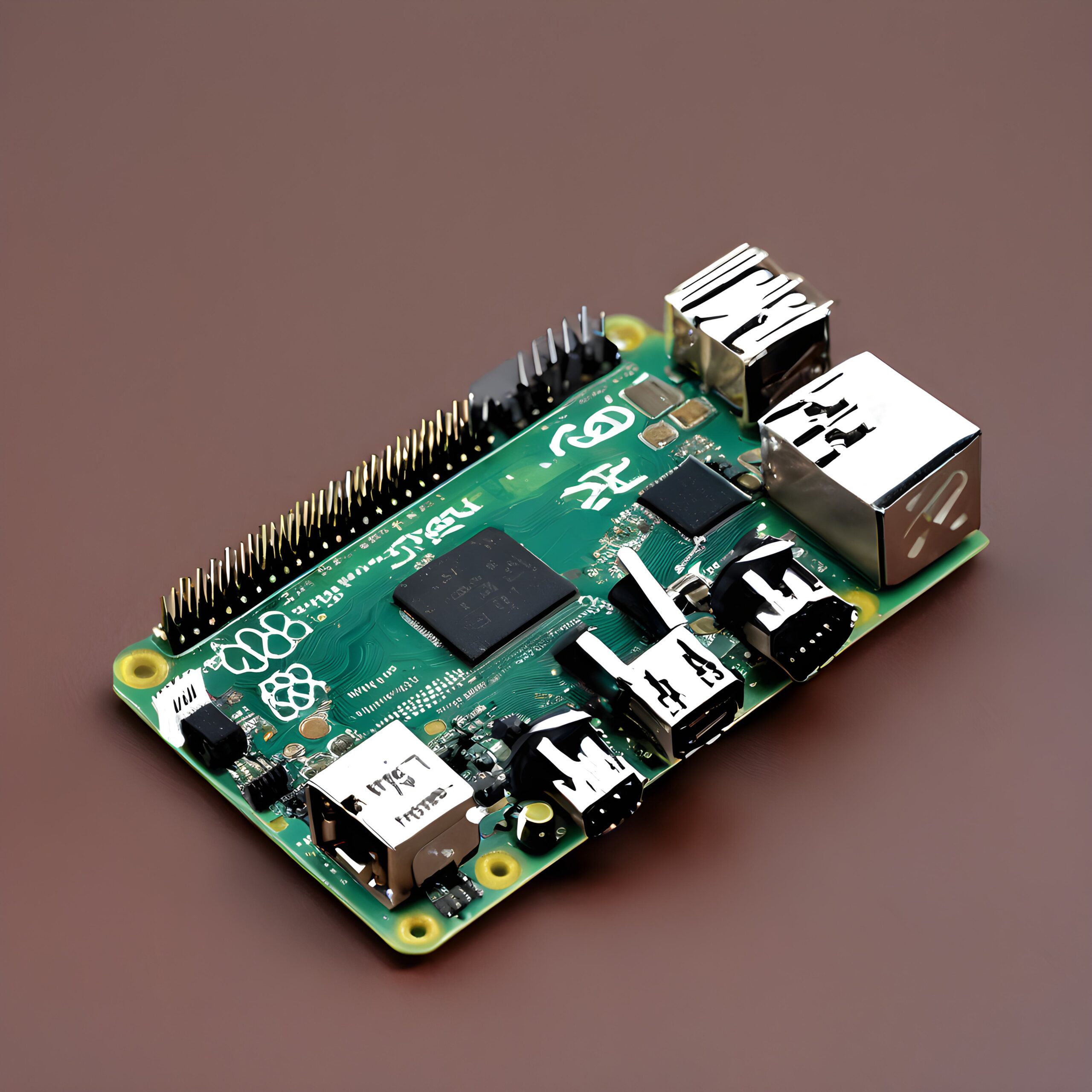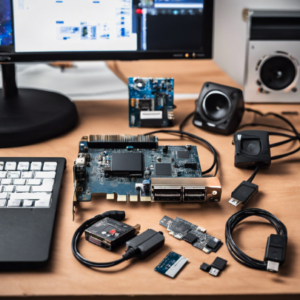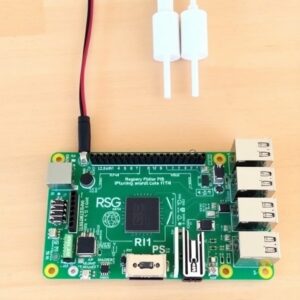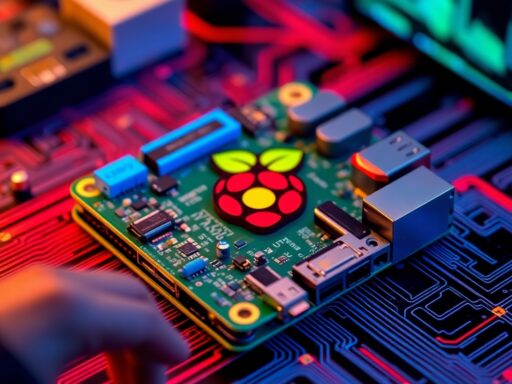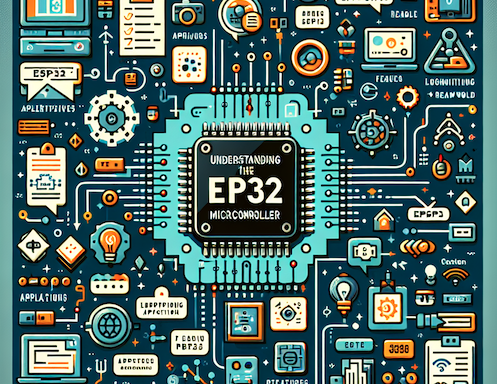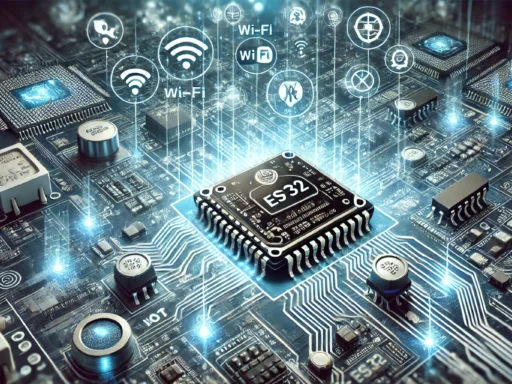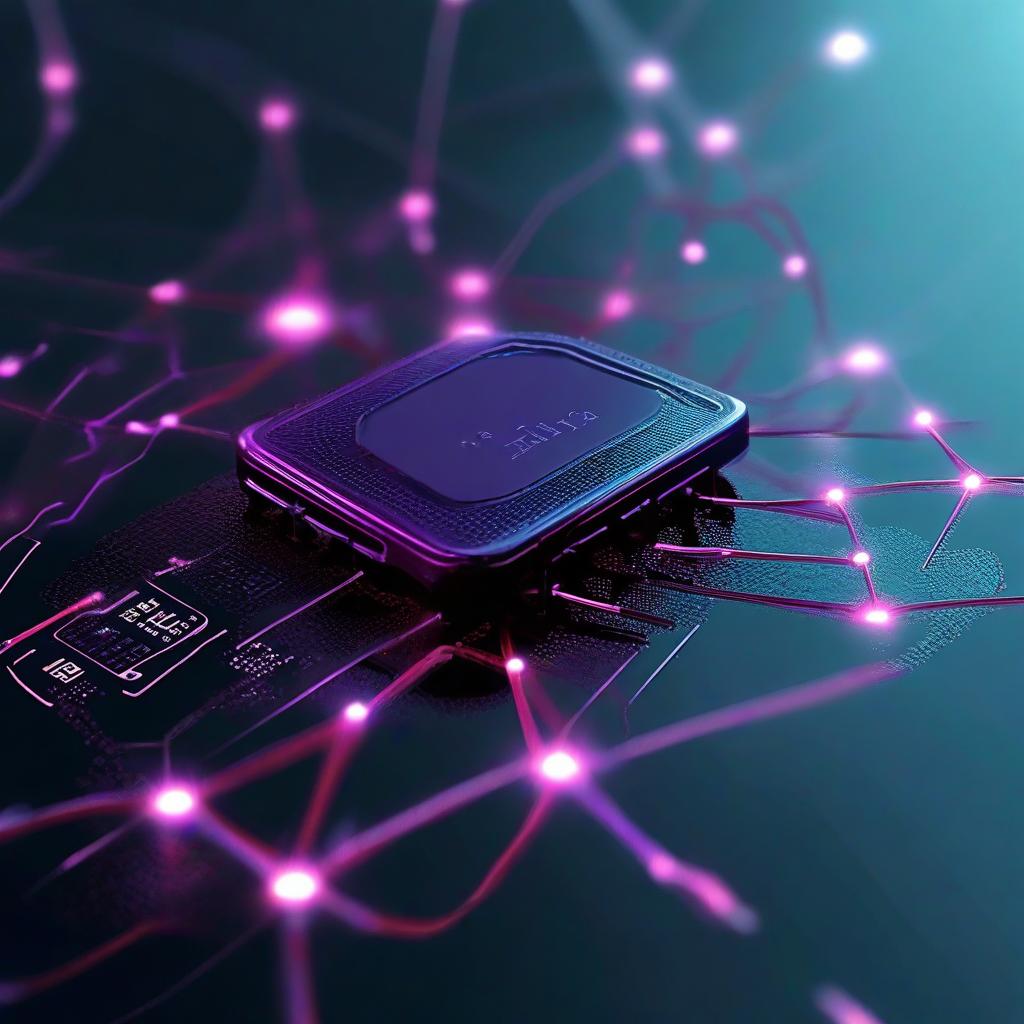Since its debut in 2012, the Raspberry Pi has become a powerful and affordable solution for educational purposes, DIY projects, and even professional applications. It revolutionized the concept of a compact, low-cost computer that could be used in various ways—ranging from teaching programming to creating home automation systems. With each new iteration, the Raspberry Pi has evolved to meet the demands of an increasingly tech-savvy audience.
The Raspberry Pi 5, released in 2024, is the latest addition to this versatile family of single-board computers (SBCs). It represents a major leap forward in terms of both performance and capabilities, offering more processing power, enhanced graphics, better connectivity, and improved storage options. Whether you’re a hobbyist looking to build your next project or a professional looking for a compact and efficient solution, the Raspberry Pi 5 delivers on all fronts.
In this article, we’ll take a comprehensive look at the key features of the Raspberry Pi 5, explore its real-world applications, and highlight its advantages for professionals in various industries. Additionally, we will compare the Raspberry Pi 5 to other popular SBCs, such as Banana Pi, ESP32, and Orange Pi, and discuss why the Pi 5 is the go-to choice for many users.
Key Features of Raspberry Pi 5
1. Improved Performance
The Raspberry Pi 5 boasts a significant upgrade in processing power, which sets it apart from earlier models. It is powered by the Broadcom BCM2712 processor, a quad-core ARM Cortex-A76 chip running at 2.4 GHz. This is a massive leap from the previous Raspberry Pi 4, which utilized the Cortex-A72 chip. The new Cortex-A76 core offers better efficiency and performance, making the Raspberry Pi 5 capable of handling more demanding tasks.
With a 2.4 GHz clock speed, the Raspberry Pi 5 is much faster than the Raspberry Pi 4, offering a noticeable improvement in performance. This makes it suitable for applications that require more CPU power, such as video editing, gaming, and running resource-intensive software. The addition of 8GB of RAM in the Raspberry Pi 5 model also helps boost overall performance, providing users with more memory for multitasking and handling large datasets.
The performance boost also extends to processing speeds, enabling smoother operation for various applications. This is particularly useful in areas like artificial intelligence (AI) development, machine learning, and running complex algorithms, where high computational power is required.
2. Graphics Enhancements
The VideoCore VI GPU in the Raspberry Pi 5 offers substantial improvements in graphics over the previous model’s VideoCore V GPU. This change brings enhanced capabilities for running graphical applications and multimedia projects, including the ability to support 4K video output on dual displays simultaneously.
With dual HDMI ports, the Raspberry Pi 5 can drive two 4K monitors at 60Hz. This makes it an excellent choice for users who need a compact solution for creating a multi-monitor setup. Whether it’s for digital signage, creating a kiosk, or running high-definition displays for business applications, the Pi 5 can easily handle such tasks.
Moreover, the improved GPU supports hardware-accelerated video decoding for both H.265 and H.264 video formats. This is especially beneficial for media-related projects, where high-definition video playback is essential. The Pi 5’s graphics performance also makes it a strong contender in the world of DIY home theater systems, where users can easily use the device as a 4K media center.
3. Connectivity Options
The Raspberry Pi 5 offers an abundance of connectivity options, ensuring it can be used in various types of projects. It comes with dual HDMI ports, enabling users to connect two separate 4K displays, perfect for building multi-monitor setups for workstations, media centers, or any other multi-display applications. This is especially beneficial for users who need extended desktop setups or need to work with multiple sources of information simultaneously.
On the connectivity front, the Raspberry Pi 5 also features USB 3.0 ports, offering faster data transfer speeds compared to the older USB 2.0 ports found in the Raspberry Pi 4. These USB 3.0 ports allow for faster file transfers and smoother communication with peripherals like external hard drives, cameras, and other devices.
For internet connectivity, the Raspberry Pi 5 comes with Gigabit Ethernet and Bluetooth 5.0 support. The Gigabit Ethernet port ensures fast and reliable wired internet connections, which is essential for projects requiring high bandwidth, such as video streaming, remote server management, or cloud-based applications. Bluetooth 5.0, on the other hand, provides wireless connectivity for peripherals, like Bluetooth keyboards, mice, and sensors, making the Pi 5 even more flexible in terms of wireless setup.
4. Storage and Power Improvements
The Raspberry Pi 5 has made significant strides in terms of storage and power options. One of the most notable improvements is the adoption of USB-C for power, which replaces the micro-USB port from earlier models. USB-C provides more efficient power delivery, enabling more stable performance when the Pi 5 is running demanding applications.
In terms of storage, the Raspberry Pi 5 features a faster SD card reader, allowing for quicker boot times and faster file transfers. For users who need even more storage, the Pi 5’s USB 3.0 ports can be used to connect high-speed external drives, such as SSDs or HDDs. This enables users to increase their storage capacity without compromising on performance, providing flexibility for data-heavy projects, such as video editing, data analysis, or running large databases.
5. Backward Compatibility
One of the standout features of the Raspberry Pi 5 is its backward compatibility with previous Raspberry Pi models. If you already have accessories, cases, or peripherals that work with the Raspberry Pi 4 or earlier models, you’ll be pleased to know that they will work seamlessly with the Pi 5. This is an excellent feature for users looking to upgrade without having to replace all of their existing hardware.
Additionally, the Raspberry Pi OS, the operating system used for all Raspberry Pi models, is fully compatible with the Pi 5. It’s optimized to take full advantage of the Pi 5’s hardware, ensuring smooth performance and ease of use. For developers and hobbyists who have been using earlier Pi models, this backward compatibility ensures that their existing software environment will work just as it did before, making the upgrade to the Pi 5 seamless.
Real-World Applications of Raspberry Pi 5
1. Home Automation and IoT
The Raspberry Pi 5 is a powerful hub for home automation and Internet of Things (IoT) projects. With its enhanced connectivity options, such as Bluetooth 5.0 and Gigabit Ethernet, the Pi 5 can serve as a central controller for smart home devices. Whether you’re managing security cameras, smart lights, thermostats, or even a homegrown weather station, the Raspberry Pi 5’s fast processor and ample RAM make it a perfect fit for these types of applications.
Using the Raspberry Pi 5, users can create custom automation systems that respond to changes in the environment or user input. For example, you could use sensors to monitor temperature and humidity and trigger actions like turning on a fan or adjusting the thermostat. The power of the Raspberry Pi 5 makes it an excellent choice for building intelligent systems that automate tasks and improve the efficiency of everyday life.
2. Educational Uses
The Raspberry Pi has long been a staple in classrooms around the world, helping students learn programming and robotics in an accessible and affordable way. The Pi 5 takes this educational potential to the next level. With more processing power and memory, students can now run more complex programs, create larger projects, and explore subjects like AI and machine learning with ease.
Schools and universities can use the Raspberry Pi 5 as an educational tool to teach coding in languages like Python, JavaScript, and even Scratch. Its compact form factor makes it easy to deploy in classrooms, while the growing community of developers and educators around Raspberry Pi offers a wealth of learning resources and support.
3. Media Centers and Entertainment
As the demand for streaming services and high-definition media grows, the Raspberry Pi 5 has become an excellent choice for building media centers. Its 4K dual display support and powerful GPU make it ideal for running media players like Kodi or Plex, turning your Pi 5 into a high-quality media hub. With its ability to handle 4K video output, it’s a perfect solution for watching movies, playing music, or browsing your media library in stunning detail.
In addition to media streaming, users can also connect the Raspberry Pi 5 to other entertainment systems, such as home theater setups, and use it as a game console emulator. By running software like RetroPie, the Pi 5 can emulate retro gaming systems like the NES, SNES, and Sega Genesis, offering an affordable way to relive classic gaming experiences.
4. AI and Machine Learning
With the performance upgrades in the Raspberry Pi 5, it has become a solid platform for experimenting with artificial intelligence (AI) and machine learning (ML). Developers can run lightweight AI models on the Pi 5, whether they’re building facial recognition systems, running natural language processing tasks, or even experimenting with deep learning models.
Thanks to its faster processing power and larger memory options, the Pi 5 can handle more intensive AI workloads compared to its predecessors. This makes it an ideal solution for low-cost AI research, hobbyist experimentation, or building custom AI-powered applications in fields like robotics, healthcare, and security.
The Raspberry Pi 5 is a powerhouse in the world of single-board computers. It combines high-end processing power, advanced graphics capabilities, extensive connectivity options, and a user-friendly interface into a compact, affordable package. Whether you’re looking to build a home automation system, create an educational tool, or dive into the world of AI, the Raspberry Pi 5 provides the tools necessary to make your project a reality.
With its impressive hardware improvements and backward compatibility, the Raspberry Pi 5 is the perfect choice for both newcomers and seasoned developers. As the tech community continues to innovate with the Pi 5, its applications will only expand, making it a key player in the world of DIY electronics, professional development, and beyond.
Visit our other website: https://synergypublish.com

